CastleLoader Analysis
NetmanageIT OpenCTI - opencti.netmanageit.com

SUMMARY :
CastleLoader, a versatile malware loader, has infected 469 devices since May 2025 using Cloudflare-themed ClickFix phishing and fake GitHub repositories. It delivers information stealers and RATs, with a 28.7% infection rate. The malware employs sophisticated techniques, including PowerShell and AutoIT scripts, to load shellcode into memory and connect to C2 servers. CastleLoader's modular design allows deployment of multiple payloads, including StealC, RedLine, NetSupport RAT, DeerStealer, HijackLoader, and SectopRAT. Its campaigns target U.S. government entities and use legitimate file-sharing services and compromised websites for payload retrieval, enhancing resilience against takedowns.
OPENCTI LABELS :
powershell,phishing,redline,stealc,c2,netsupport rat,autoit,github,sectoprat,malware loader,rats,hijackloader,deerstealer,information stealers,payload delivery,castleloader,u.s. government
AI COMMENTARY :
1. Introduction CastleLoader has emerged as a standout threat in the cybercrime landscape, leveraging a versatile loader architecture to deliver a suite of malicious tools. First observed in May 2025, this malware loader has rapidly gained traction thanks to its sophisticated use of social engineering and legitimate platforms. As organizations struggle to defend against an ever‐evolving toolkit of information stealers and remote access trojans, understanding CastleLoader’s unique modus operandi is vital for effective threat intelligence and proactive defense.
2. Infection Landscape and Campaign Overview Since its initial campaigns, CastleLoader has successfully compromised 469 devices, exhibiting an alarming 28.7% infection rate among targeted systems. Attackers masquerade as Cloudflare’s ClickFix support teams or host payloads on counterfeit GitHub repositories to trick users into executing malicious scripts. This highly effective phishing strategy capitalizes on the trust organizations place in widely recognized brands, creating a potent entry vector that evades many conventional email filters.
3. Technical Sophistication and Execution Techniques At its core, CastleLoader deploys advanced PowerShell and AutoIT scripts to inject shellcode directly into memory, sidestepping disk‐based detection mechanisms. The loader establishes encrypted channels to command‐and‐control (C2) servers where it awaits instructions for subsequent payload retrieval. By operating primarily in memory, CastleLoader minimizes forensic footprints, enabling persistent access and evasion of endpoint security solutions that rely on file scanning.
4. Modular Payload Delivery Ecosystem The modular design of CastleLoader empowers threat actors to tailor each infection for specific objectives. Once the loader secures a foothold, operators may deploy a combination of payloads such as StealC for credential harvesting, RedLine for comprehensive data exfiltration, NetSupport RAT for full remote control, DeerStealer to target cryptocurrency wallets, HijackLoader for lateral movement, and SectopRAT for advanced post‐exploitation. This flexible plugin architecture ensures that each campaign can adapt to evolving targets and goals.
5. Targeting Strategy and Distribution Channels CastleLoader campaigns have disproportionately focused on U.S. government entities, exploiting the sensitive nature of public sector data. Attackers distribute payloads via legitimate file‐sharing services and compromised websites, thereby blending in with normal traffic and complicating takedown efforts. By rotating hosting platforms and employing domain fronting techniques, adversaries maintain uninterrupted access to victims and frustrate incident response teams attempting to disrupt the infrastructure.
6. Resilience and Mitigation Strategies The resilience of CastleLoader’s infrastructure underscores the need for a multi‐layered defense posture. Organizations should prioritize the hardening of endpoint configurations, enforce least‐privilege access controls, and deploy real‐time behavioral analytics to detect anomalous PowerShell or AutoIT script executions. Regular threat intelligence updates and collaboration with sector peers can accelerate the identification of emerging indicators of compromise, while user awareness training reduces the likelihood of successful phishing attempts.
7. Conclusion CastleLoader exemplifies the next generation of malware loaders, combining social engineering, modular payload distribution, and in‐memory execution to outpace traditional defenses. By dissecting its tactics, techniques, and procedures, threat intelligence teams can develop targeted controls and response playbooks. Vigilance, swift information sharing, and continuous security validation remain our strongest assets in mitigating the impact of this pervasive loader threat.
OPEN NETMANAGEIT OPENCTI REPORT LINK!
Use public read only username and password on login page.
NOTE : Use Public READ only user credentials on login page banner.
CastleLoader Analysis


